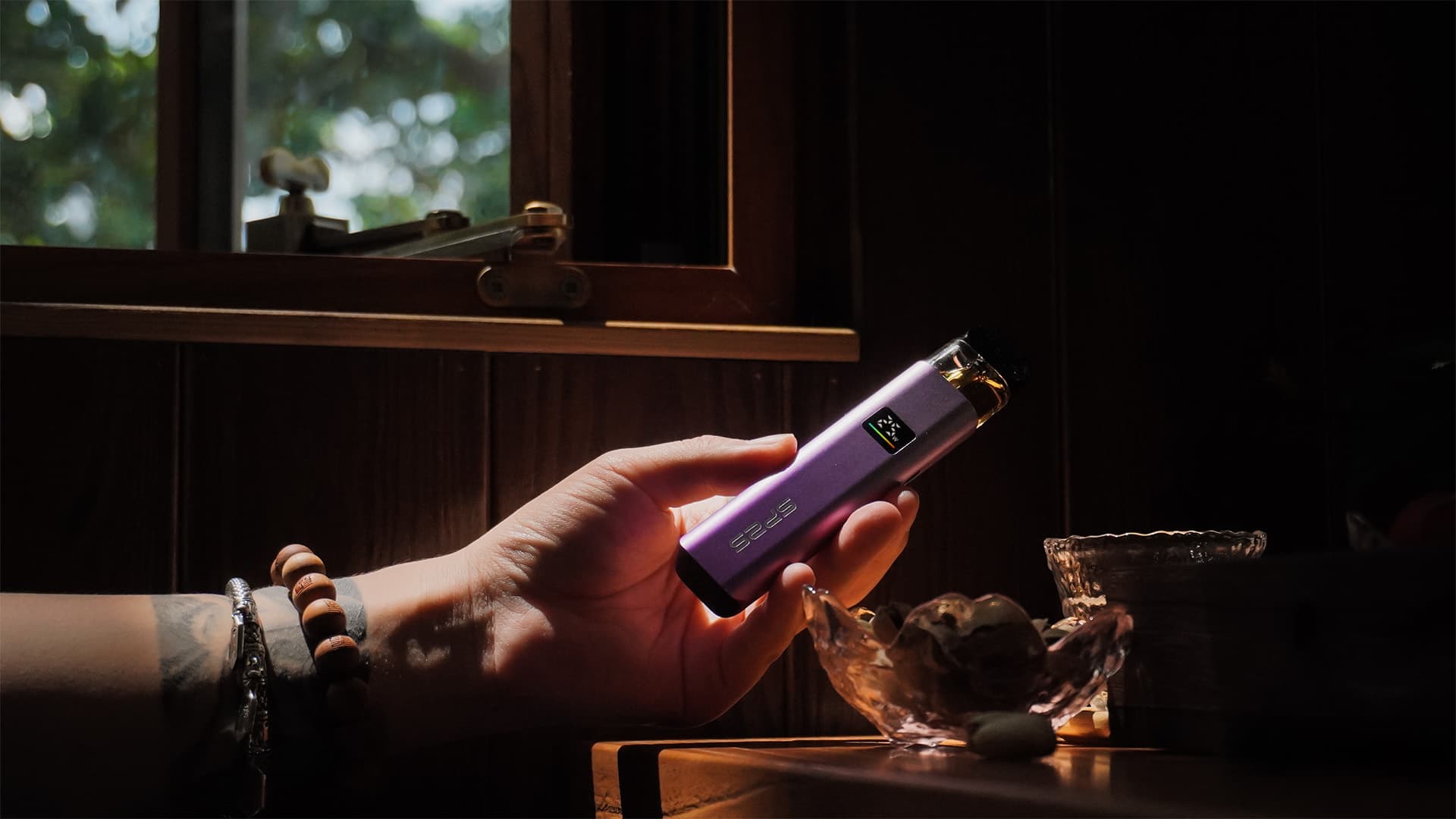Lighting up—whether a traditional tobacco product or the increasingly popular vape—has long gone beyond mere nicotine intake. For many, smoking represents a moment to pause, a ritual in specific social settings, or simply an integrated part of daily life. So, why do smokers choose to smoke? And how do they make choices amid the growing variety of vape formats?
We’ve observed that smokers and vape users in different countries and regions make distinctly different decisions when choosing between Pod Systems, Disposable Vapes, and traditional tobacco. These differences often reflect deeper cultural norms, aesthetic values, and behavioral logic. From Japan’s quiet precision to South Korea’s social flair, and Europe’s technical pragmatism, we can trace unique consumption patterns around the world.
Japan: Precision, Privacy, and Politeness
In Japan, the adoption of vaping has been almost a case study in aesthetic restraint and social mindfulness. Unlike users drawn to flashy features, Japanese consumers prefer devices that blend discreetly into everyday life without disturbing others.
Minimalist Pod Systems with soft color palettes are especially favored. Lightweight designs, compact form factors, and low-visibility vapor all help these devices become truly inconspicuous daily objects. Female users, in particular, gravitate toward mild, sweet, and non‑irritating flavors.
Japanese society places a strong emphasis on public etiquette, and vapes align well with this. Unlike traditional tobacco products, vapes minimize harsh odors and thick clouds, allowing them to exist more acceptably in shared spaces—everything feels “just right.”

South Korea: A Vape as a Social Accessory
In South Korea, vapes have become a visible lifestyle expression. Many young consumers choose them not merely as substitutes for cigarettes but as fashion accessories that feature in selfies and outfit shots.
Disposable Vapes are especially popular here. Their considered color schemes, ergonomic shapes, and even their flavor names receive the same design attention as perfumes or makeup. Korean users enjoy styling their devices with daily looks and sharing photos online—vaping becomes a form of aesthetic and identity expression.
That said, health consciousness is also rising. Vapes with low nicotine, smooth throat hits, and light vapor are becoming mainstream. South Korea’s market clearly follows a “style-first” consumption model, balanced by wellness considerations.
Europe: Freedom Meets Function
Compared to Asian markets, European users prefer control and customizability. Pod Systems with adjustable output and refillable tanks are favored. German consumers, in particular, pay close attention to device specs and operational precision—many see vaping as a hobbyist’s technical pursuit rather than just a product.
In France and the Netherlands, sustainability plays a significant role. While Disposable Vapes once surged in popularity, more users now favor reusable formats—driven both by environmental values and perceptions of quality and reliability.
Safety, too, is non‑negotiable. Certifications, ingredient transparency, and regulatory compliance are often deciding factors at purchase. For brands, meeting compliance standards is the baseline.
Traditional Tobacco Remains, But Its Role Is Changing
Although vapes are growing fast, traditional tobacco products still hold space in many regions, especially among older demographics and in conservative markets. The power of habit remains strong. However, a new usage trend—contextual switching—is emerging: smokers may reach for traditional tobacco outdoors or in private, while switching to vapes in indoor or enclosed public areas. This scene‑based flexibility suggests that vapes aren’t necessarily replacing tobacco, but are reshaping how, when, and where nicotine consumption takes place.

Frequently Asked Questions (FAQs)
Q1: What’s the difference between Pod Systems and Disposable Vapes?
Pod Systems are reusable and allow for refilling or pod replacement—more cost-effective and sustainable. Disposable Vapes are single‑use, offering convenience but lacking eco‑friendliness.
Q2: Why do Japanese users prefer vapes with lighter aromas?
Because public etiquette in Japan emphasizes not disturbing others. Light vapor and subtle scents align with this cultural norm, making these devices more widely accepted.
Q3: Do South Korean users really care about design and visuals?
Absolutely. A device’s appearance—its color, shape, packaging—can be as important as performance. Vapes here are often chosen as fashion accessories.
Q4: Why do European users prefer adjustable devices?
They value control and precision, and are willing to fine‑tune their devices for a better experience. Device safety and compliance are also top priorities.
Q5: Are traditional tobacco products still relevant?
Yes, especially in certain age groups and scenarios. But the trend toward alternating between tobacco and vapes based on context is accelerating.
Q6: How does SP2S adapt to regional user habits?
SP2S conducts deep local market research and data analysis to understand cultural preferences and daily routines (such as Japan’s discretion, South Korea’s social aesthetics, and Europe’s tech focus). Based on these insights, we customize device design (form factor, power control), flavor profiles (light and fresh, fruity, or classic tobacco), and functionality to meet each region’s unique needs.
Every smoker’s or vape user’s choice follows its own logic—some seek portability, others prioritize design, still others focus on health, or simply crave a moment of control in daily life.
At SP2S, we believe understanding matters more than selling. Rather than stacking up features, we pay attention to actual usage. Rather than chasing hype, we decode the cultural roots behind those preferences.
Our mission is to bring deep local insights into every step of R&D and design, creating products that truly align with users’ habits and values.
This is not about offering a “one-size-fits-all” vape. It’s about genuinely honoring every lifestyle.

Leave A Comment
Your email address will not be published.